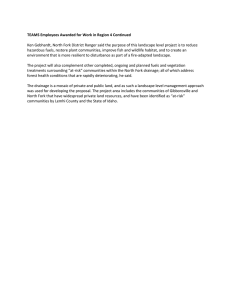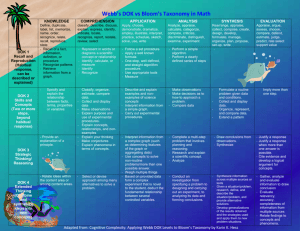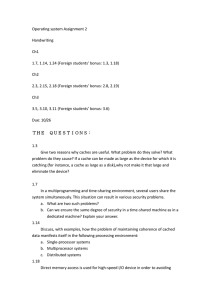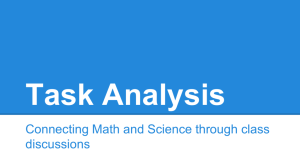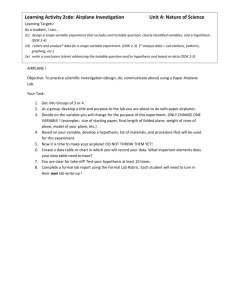Why write Essential Questions?
advertisement
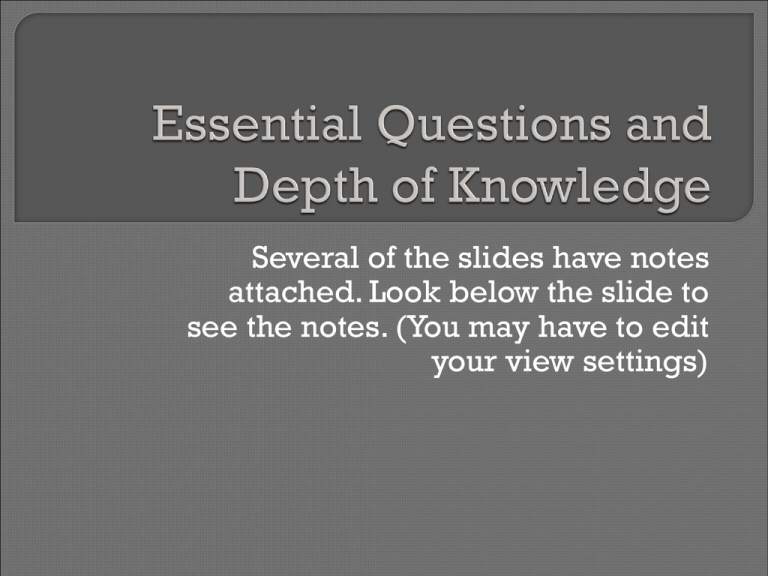
Several of the slides have notes attached. Look below the slide to see the notes. (You may have to edit your view settings) Links all facts and activities to help students understand the real-world connections. Helps to answers the questions that students ask: • Why do I have to do this? • When will I ever use it? • What does it matter if I know this? Good Essential Questions: Help create time-less units that withstand changes in curriculum, technology and relevance. • Slide Rules • Graphing calculators Help teachers plan activities to make them more relevant – guides instruction Can be updated easily Make logical, real-life connections Encourage higher-order thinking Uses student friendly language; and Promotes investigation. narrow the focus of the learning by breaking the instruction into logical, sequenced parts. communicate the crucial points of the curriculum. communicate that students will investigate, probe and search for the answers, rather being dictated or simply directed. The degree of depth or complexity of knowledge reflected in the standards/learning expectations and assessments How deeply a student needs to understand the content for a given response/assessment Level 1: Recall • Recall, recognition; skill, behavior, or sequence of behaviors learned through practice and easily performed Level 2: Skill/Concept • Engagement of some mental processing beyond recalling; the use of information or conceptual knowledge; requires making some decisions regarding how to approach a question or problem Level 3: Strategic Thinking • More sophisticated reasoning and analysis; deep understanding; students are required to solve problems and draw conclusions Level 4: Extended Thinking • Requires integration of knowledge from multiple sources and the ability to represent knowledge in a variety of ways; usually requires work over an extended period of time DOK is about intended outcome, not difficulty. DOK is a reference to the complexity of mental processing that must occur to answer a question, perform a task, or generate a product. Level 1 — Identify this utensil. (fork) Level 2 — Explain the function of the fork. Level 3 — Identify two examples of when a fork would not be the best utensil for a type of food and explain why. Level 4 — Design an investigation to determine the optimal number and length of tines for a salad fork. Level 1 — Identify the tree. Level 2 — Explain the function of the leaves. Level 3 — Explain how a drought might affect the growth of the tree. Level 4 — Design an investigation of seedling growth to determine the best fertilizer for this type of tree. Be careful not to rely solely on the action verb; verbs are not as important as the words that follow them. Consider what the task is asking the student to do. Example: “Explain to me where you live” does not raise the DOK of a simple rote response. Even if the student has to use addresses or landmarks, the student is doing nothing more than recalling and reciting.


